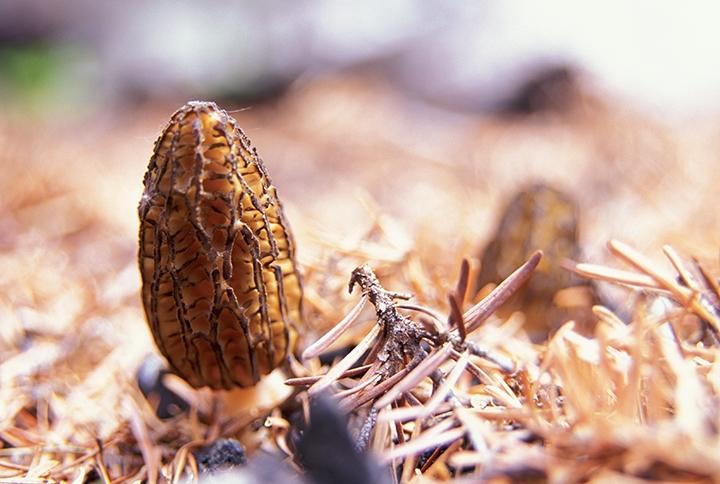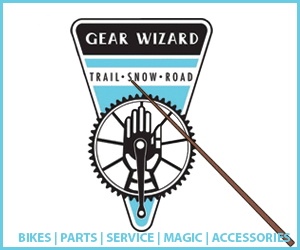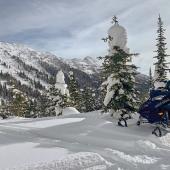Hunting for Morels
A rundown on mushroom mania.
In May, melting snow saturates the ground and higher temperatures keep the moist soil warm. This is the ideal time to look for one of Montana’s treasures: the morel mushroom, or Morchella esculenta.
Morels haven’t been a household name very long. Just a few years ago, I was looking for mushrooms in the forest and met a group of hikers. The look in their eyes seemed to ask, “Are those the hallucinogenic kind? Do you know what you’re doing?” Lately, however, hunting for mushrooms has become a more popular activity for sport and income. Morels have been known to fetch over $100/pound. This sounds very lucrative until you actually try to go out and pick an entire pound, which fills about half a paper grocery sack.
Where do you find them? The site of hot forest fires may be the gold mine. Mushrooms are the first plants to put in their roots after a devastating fire. A few years ago in a burn area south of Hamilton, we filled several grocery bags within hours. Other locations are river and creek banks. I’ve found them in areas as varied as the creeks of Hyalite Canyon and the banks and islands of the Yellowstone, Gallatin, and Boulder rivers. These areas range from 4,000 to 8,000 feet in altitude and each area has its specific growth time as the snows melt. While not as prevalent as in burn areas, these mushrooms grow regularly year after year.
Morel mushrooms are easy to recognize. They’re relatively small (1-3 inches tall), with a honeycomb cone-shaped cap. The entire mushroom, including the stalk, is hollow. Shapes vary, and the color may be anything from yellowish white to dark brown.
Mushroom hunting can be incorporated into your weekend outings. Unlike most other outdoor activities, this “sport” does not require expensive gear or supplies. All you need is a knife, a basket or paper bag (plastic is not recommended as fresh mushrooms need to breathe), and a mushroom guidebook. To pick the morel, simply cut the stalk—but leave the base in. And remember where you found them, as mushrooms tend to appear in the same spots year after year.
Morels are delicious fresh or dried. Dry them on a string in a shady, well-vented location. They should always be cooked before being eaten. These mushrooms are so flavorful that they can be used in almost any combination—try them in soups, sauces, or on breakfast omelets. My favorite recipe is morels sautéed in butter and red wine, served with venison and new red potatoes and a nice cabernet or merlot. Good luck hunting, and enjoy.
Warning: Never eat mushrooms you cannot identify with absolute certainty. There are plenty of good guides on the market, including The Audubon Society Field Guide to North American Mushrooms and All That the Rain Promises and More.













